
A waterproof future
Our smartphones are our lives, the portal to the virtual world we're all tethered to, whether we like it or not. And as the importance (and cost) has escalated, so has our desire to keep them safe, leading to reams of cases and millions of pounds spent on insuring our treasured possessions.
In recent years, manufacturers have made progress in making these phones more "life proof" by using tougher materials, stronger glass, and some manufacturers - such as Sony and Samsung - even making some of the phones in their range fully waterproof.
Sony – an early water-resistance trend-setter – is keeping up the practice of making its top phones waterproof, and Samsung has doubled-down on waterproofing, including it as a headline feature on its latest flagship phones.
There are rumours, too, that Apple will be entering the arena shortly with the iPhone 7, which could well have the same water-repelling qualities as the Samsung Galaxy S7 - and if not this year, it's very likely to appear on the iPhone 7S.
But below the glitzy smartphone surface, there are also a group of companies that are aiming to make almost every device waterproof - without having to suffer any compromises in design or weight to achieve it. Does this mean you could make your current Nokia 3310 waterproof? Is it really possible? Well, we've dived into the deep end to find out.
What is Ingress Protection?

To better understand the requirements when it comes to shielding smartphones and other gadgets from the elements, it's important to know how manufacturers measure the level of protection on offer.
When we refer to smartphones, their water resistance rating – known as an Ingress Protection (or IP) rating – is usually mentioned. The rating is followed by a number that rates its ability to repel water or dust, with the first number dictating how protected the smartphone is against solid particles and the second number indicating how repellant it is to water and other liquids.
Although some phones claim to be "waterproof", they are almost always water resistant. This means they can withstand water for a period of time, and to a certain depth, but they shouldn't be deliberately submerged beyond the stated maximum.
If the IP rating starts with a 6, then you can be sure that the device is totally sealed, and solid particles will not be able to find their way in. If the rating starts with a 5, then small particles of dust may be able to find their way in, but won't affect the operation of the smartphone.
The second number needs to start with either an 8 or a 9 to be able to fully withstand submersion in water continuously, though manufacturers tend to provide more cautious guidelines than the official rating would suggest. If the number starts with a 7, then the phone will be resistant to rain and mild splashes, but won't survive full submersion in water.
Can I make my phone waterproof?
Bad news if you've got a phone that's not waterproof - it's not currently possible to retrofit the technology.
You can pick up cheaper sprays to cover the exterior of a phone in a waterproof coating, although these are usually temporary solutions. Some companies have offered solutions to retroactively coat smartphones in a protective layer, but so far no one has succeeded in making it a viable reality.
Most of the companies we've spoken to are set on protecting smartphones and other devices at the manufacturing stage – apparently the most cost-effective and consistent solution, which could mean the next iPhone or Google Nexus comes with water-resistance as standard - but there are other options too for non-smartphone gadgets.
WaterFi

WaterFi is a US company offering solutions on a variety of devices. They offer a patented process that helps a selection of gadgets resist the wet, including the Apple Watch and Fitbit Blaze.
It relies on the use of a rubbery insulator that is injected into the chosen device along with an extra layer of protection that helps resist corrosion or chemicals.
Waterfi's Marketing Manager, Gabe Hagstrom, believes waterproofing can be liberating for a gadget lover: "The cost of our waterproofing doesn't just save the customer from paying for a repair or replacement," he told TechRadar.
"It actually frees the customer to use the device in ways and places they never thought possible."
"They take their iPod swimming and surfing, the Kindle to the beach and wash it off in the ocean if it gets sandy, and take the Fitbit scuba diving."
WaterFi's waterproof iPod Shuffle Swim Kit ($155 / £118 and includes waterproof SwimActive Headphones) is a perfect swimmer's solution, and the range has recently expanded to include multiple Fitbits such as the Blaze and Alta, the Amazon Kindle Paperwhite, and the Apple Watch. If you live in the US, it can also coat your pre-existing Shuffle, Kindle, and Fitbit for a lower price ($99 / £75.42).
When asked about waterproofing smartphones, Hagstrom explained that WaterFi " will probably stay out of that for now; there's too much variation in hardware making it unfeasible to create an affordable waterproofing solution.
"[In the future] we see devices that are unlocked and affordable without a contract, like the newest Nexus phones, which we would then look to waterproof and offer brand new on our website to save all the hassle of sending in a phone that's in use and going a few days off the grid."
Will the next iPhone be waterproof?
We've spoken to multiple smartphone manufacturers and most have considered adding waterproof technology into their handsets at some point in the future - and it's definitely possible that Apple could be a customer of one of the following brands, although they're remaining tight-lipped on the subject.
This type of waterproofing won't be an afterthought, or something you'll have to consider as an additional expense, but will instead be baked into the manufacturing process, just like with the Samsung Galaxy S7 Edge.
But that technology needs to come from somewhere, so we spoke to three companies leading the way in this field about where they see the market heading and how long before swimming pools will be freely littered with all manner of smartphones.
P2i
British company P2i isn't in the retail market and doesn't offer a service to protect your device post-purchase, but has instead decided to go down the route of being a part of the manufacturing process itself.
P2i's waterproofing technology can be found on the Huawei P9 and P9 Plus, and is also being used by the likes of Timberland and Kangol for their waterproof clothing.
If you are familiar with some of Motorola's more recent devices including the Moto E, then you'll have already seen some of P2i's splash-proof technology in action. It's also present on some of Motorola's other handsets, including the Moto G4 and G4 Plus.
Dr. Stephen Coulson, who invented the technology at Durham University in the early 2000s, explains further how it works. "The coating works to alter the surface layer chemistry of the device so that instead of encouraging water... to stick, it simply beads up and rolls away." he told us.
"Now, instead of being pulled into the device through capillary action, any accidental splashes or spills onto the device are repelled away from the circuitry.
"This is extremely important in protecting devices from corrosion and electrical failure brought on by moisture, sweat or accidental liquid splashes and spills."
"Most of the top ten [smartphone manufacturers] have worked with us to some capacity before, and so it's simply a case of looking into a new project." Coulson said.
Earlier in 2016, P2i celebrated the milestone of 100 million nano coated phones, though the details of exactly which manufacturers make up that massive figure are being kept a secret.
HzO
Back across the ocean in the US, HzO uses a chemical vapour to coat the device, protecting the components against damage by water or any more potentially corrosive liquid without changing the look or feel of the handset.
Like P2i, HzO's technology is implemented at the manufacturing stage, and according to Marketing Manager Jared Matkin, that's where it plans to continue to focus its efforts rather than offering an aftermarket solution.
"We are working directly with OEM's/manufacturers to integrate our licensable technology into production lines so that when products come to market they already have our coating on them," he told us.
"I can say that our nano-coating protects against full submersion, and while we don't recommend people live an underwater existence with their nano-coated device, that protection in most normal, 'real world' scenarios will last the lifetime of the device."
HzO has recently been working with Rakuten to waterproof their next generation of e-readers, the Kobo Aura One. Other partners include Dell and Motorola, but they have yet to put their name publicly on any waterproof smartphones.
Semblant

Semblant is a more recent addition to the waterproofing world, and offers a similar solution to P2i and HzO, but claims to be targeting their nano-coating technology specifically at phones and other electronic devices.
Simon McElrea, CEO of Semblant believes its solution offers a superior way to protect smartphones, calling for "a much more elegant solution" rather than just spraying chemicals.
Semblant's coating technology coats every single internal component of the treated device, covering the circuit boards, ports and other delicate parts with a hydrophobic nano coating that – once applied – is a permanent solution.
"Water WILL get into the phone" says McElrea, "so the trick is to deal with it once it gets in there."
The current trend found in with recent phones such as the Samsung S7 is to seal the phone shut to make it easier to waterproof the internals. Whilst this method does work, it makes the devices incredibly difficult to repair.
Semblant's MobileShield technology protects internal components from liquid damage, whilst allowing smartphones to be more easily repaired and reused, rather than simply being discarded.
McElrea believes there is currently a "paradigm shift" in waterproofing technology: "Old fashioned methods such as glues and sealants, hydrophobic exterior coatings, and gaskets...are all repurposed technologies that were not designed for the complexity of electronic devices, and particularly smartphones (which are the most abused!)"
"What we will see going forward is a combination of simple gaskets, smart port design (I.e. perhaps doing away with the types of connectors/ports that allow the greatest liquid ingress, and swapping them with close-ended connectors), and internal nano-coatings on the PCBA.
"I would expect to see this strategy going into several of the largest phone companies over the next 1-2 years, including the rapidly growing Chinese handset manufacturers."
McElrea was keen to point out that some of the hydrophobic coatings that have been used for quite some time to cover clothing, footwear, pots and pans etc. have typically contained harmful substances like PTFE, PFOA, and PFOS. It is an unfortunate tradeoff that materials which repel water are often toxic (even carcinogenic) and non-biodegradable.
Leading companies like Nike, Apple, Goretex, Patagonia etc. have outlawed these materials and they are in turn being banned by state and national governments across the US, so companies like Semblant could hold the key to making waterproofing more sustainable.
No more watery graves

Whether you are after a waterproof phone, or want to do something to protect your existing handset, there's a variety of solutions out there. It looks certain that the future will be full of waterproof gadgets, thanks to the technologies being developed by P2i, HzO and Semblant - and the costs of adding in this feature are offset by the increased consumer confidence in the device.
Put simply, it'll be a hygiene factor: when most brands offer it, phones that don't repel water will be seen as useless.
There's little needed to convince consumers that it should be a default feature of any future smartphone, and of course manufacturers are striving for better device reliability to give us a longer-lasting product.
It's a safe bet that in the near future, virtually every new smartphone will come bearing some form of the liquid-guarding technology. But that's just the start of it - the techniques that save our phones from drowning will make us healthier and keep our phones looking smarter, according to Dr. Coulson of P2, who sees a big future in nanotechnologies and other protective coatings.
"This is just the beginning for invisible coatings on electronic devices. The future will see the likes of anti-scratch, anti-fingerprint and even antimicrobial coatings as standard – all applied at such a tiny scale that you won't even know it's there" he told us.
And the best bit: you won't even notice it's there.



















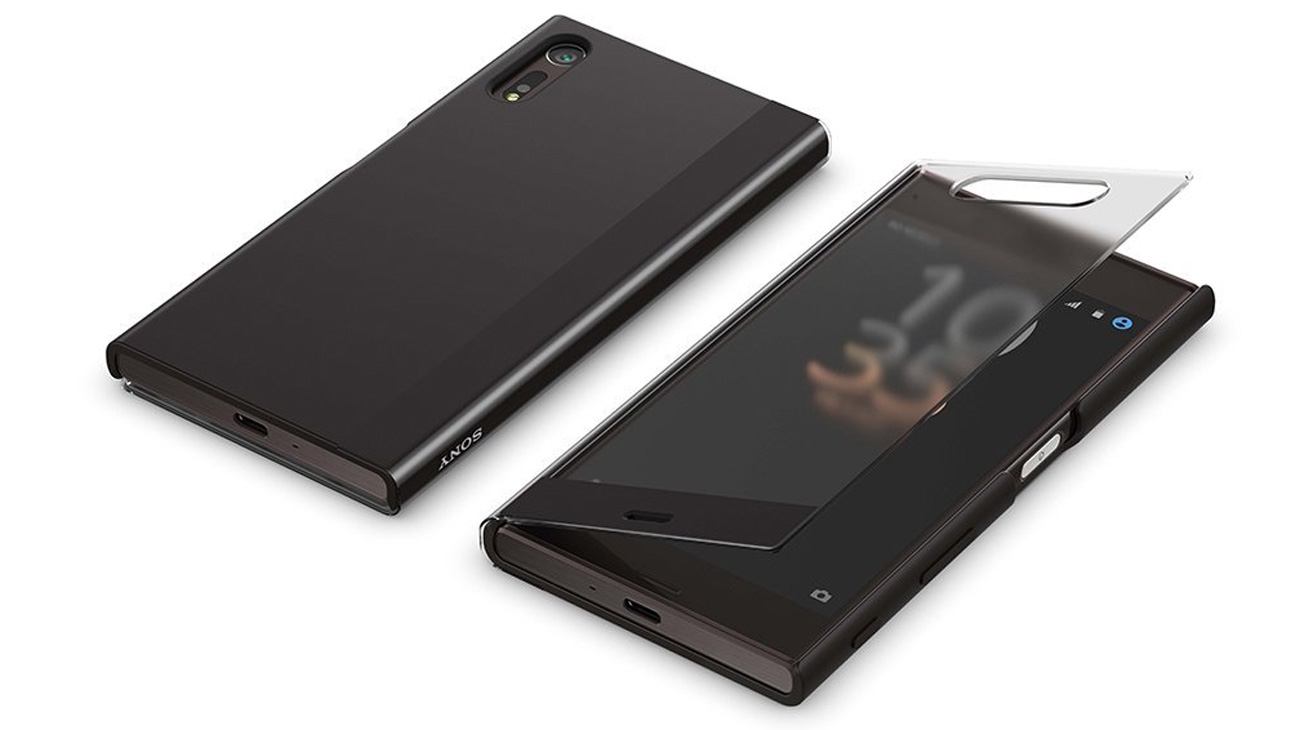


















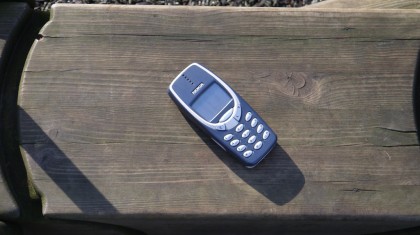
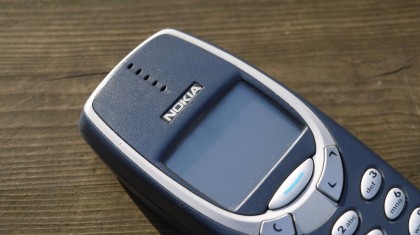

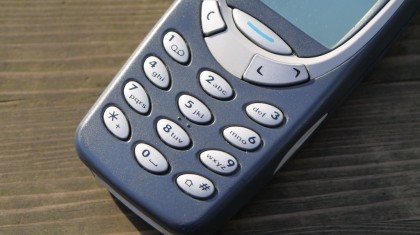
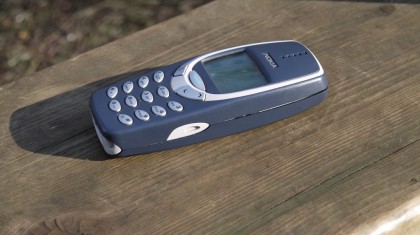

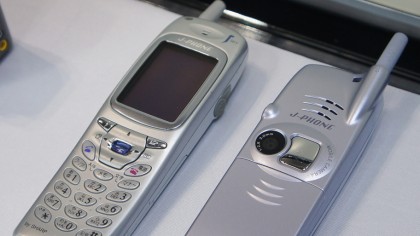
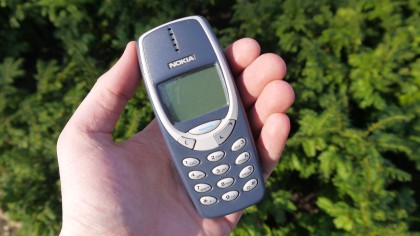
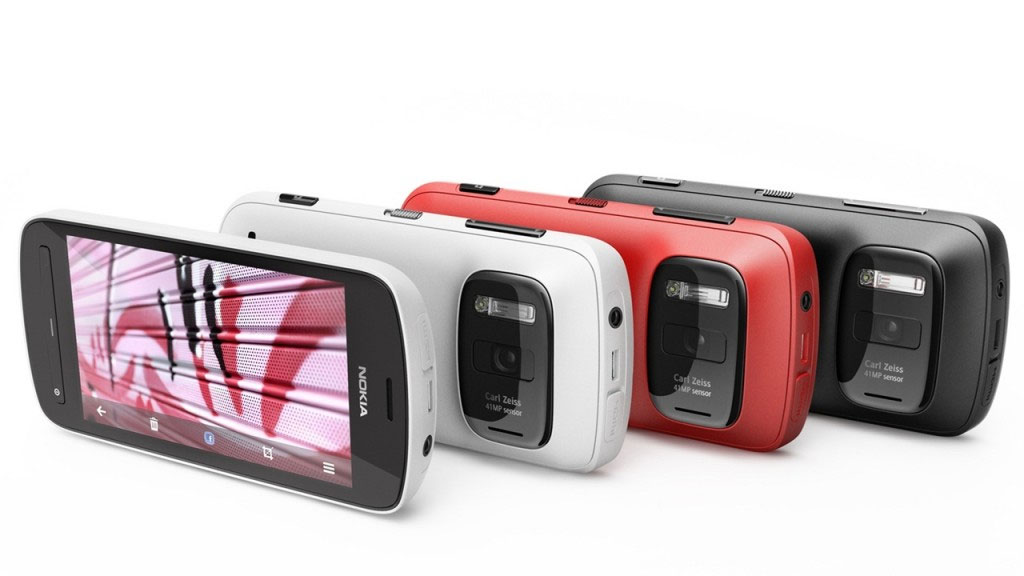


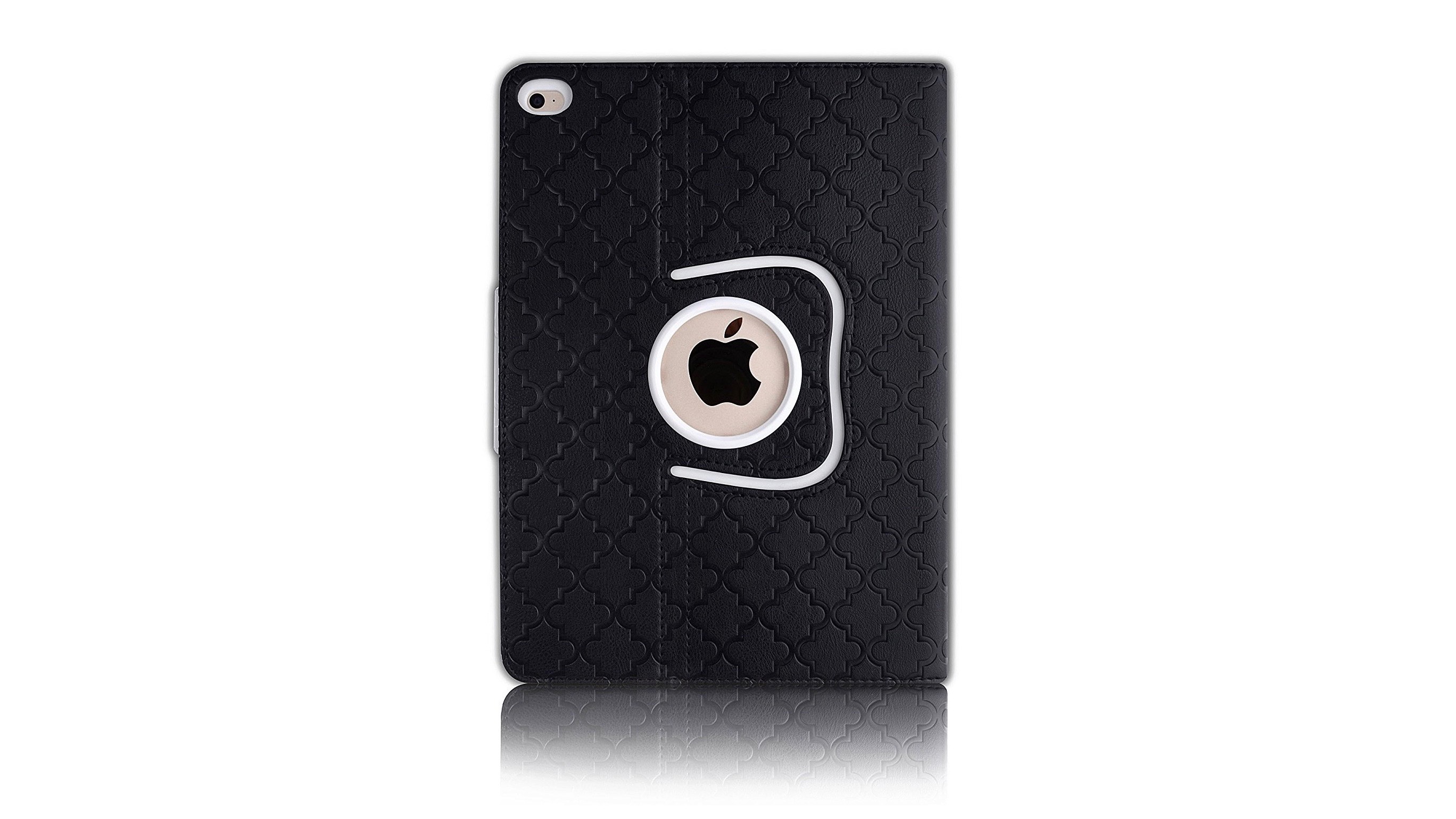
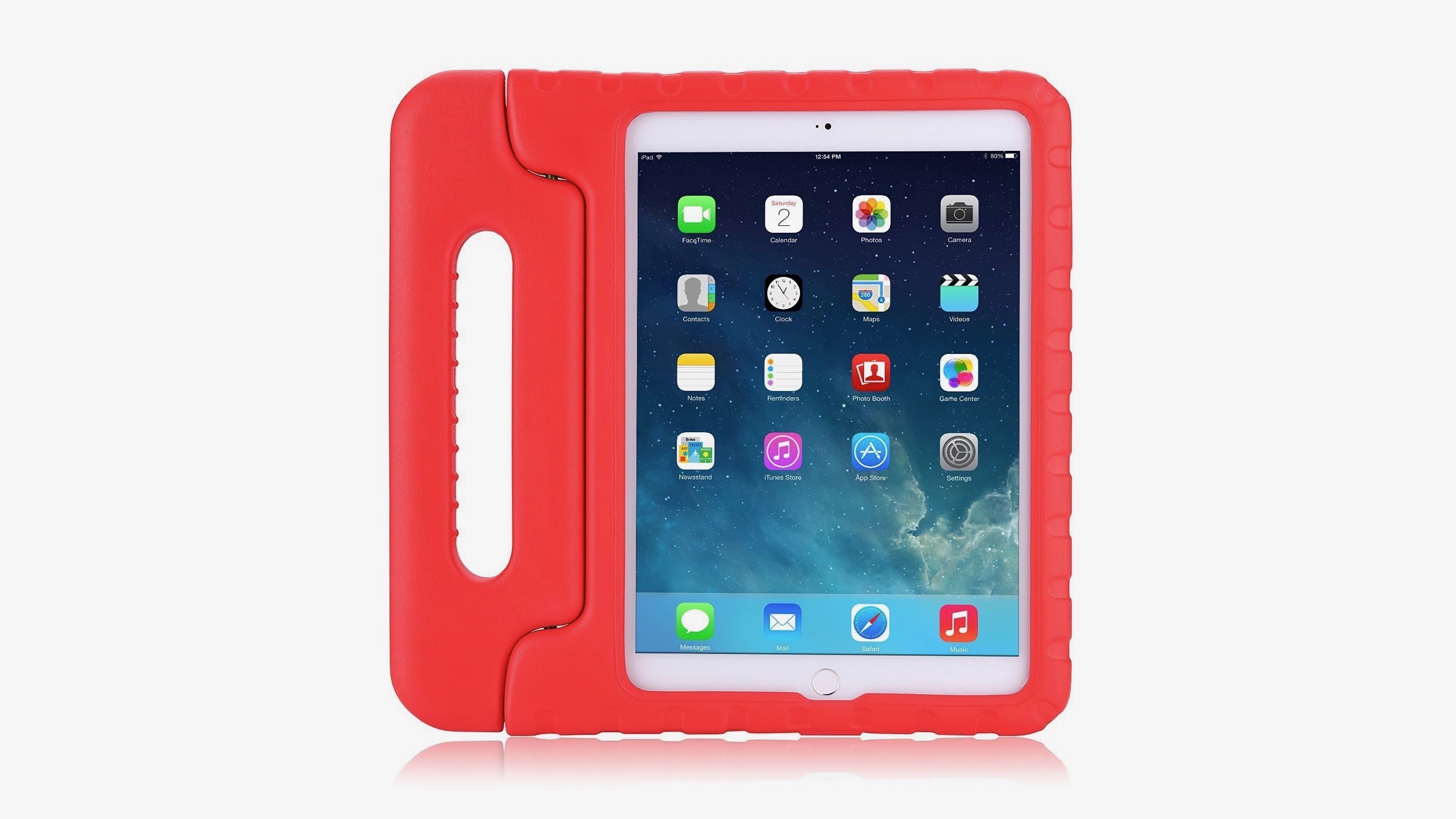



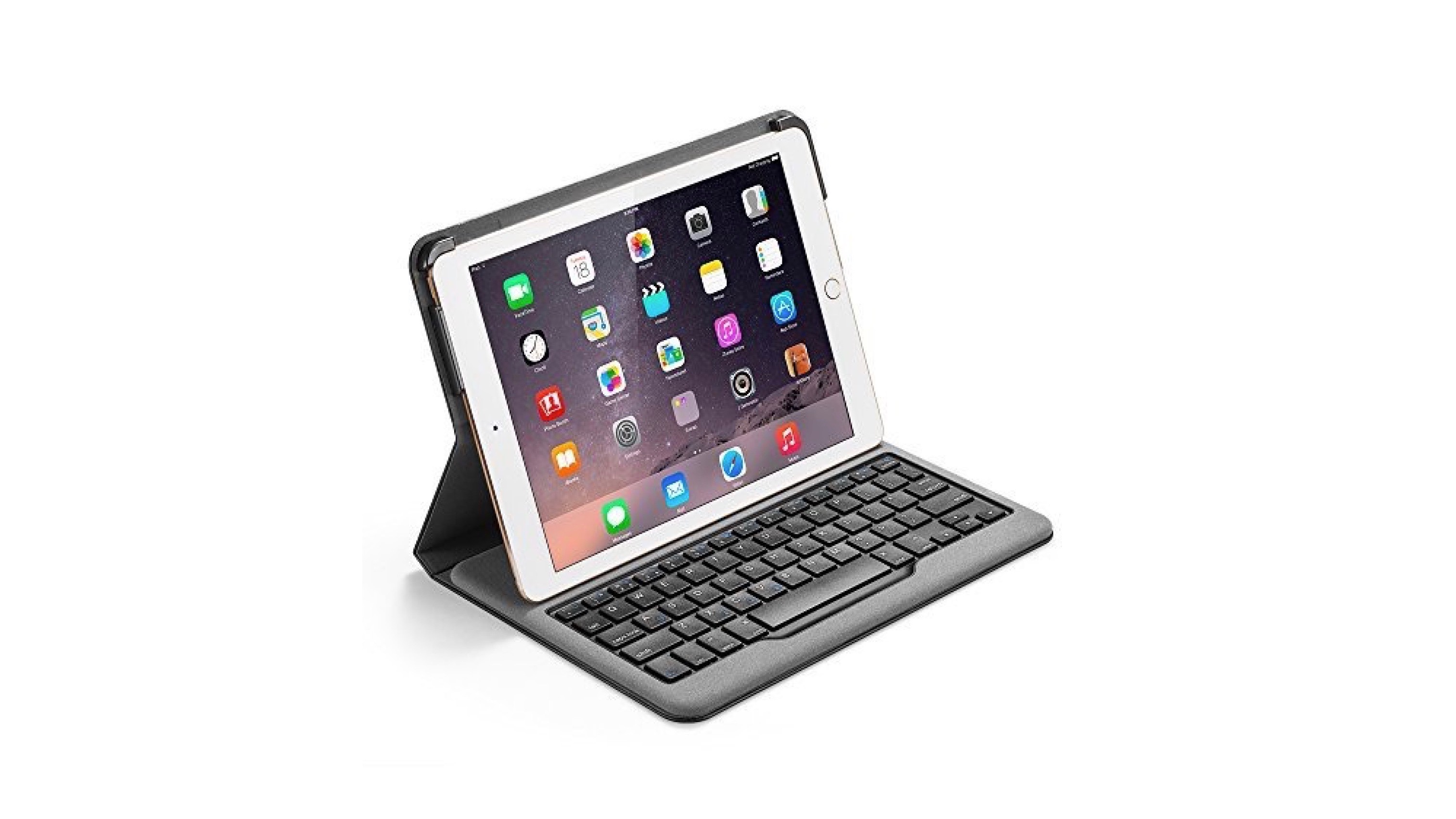
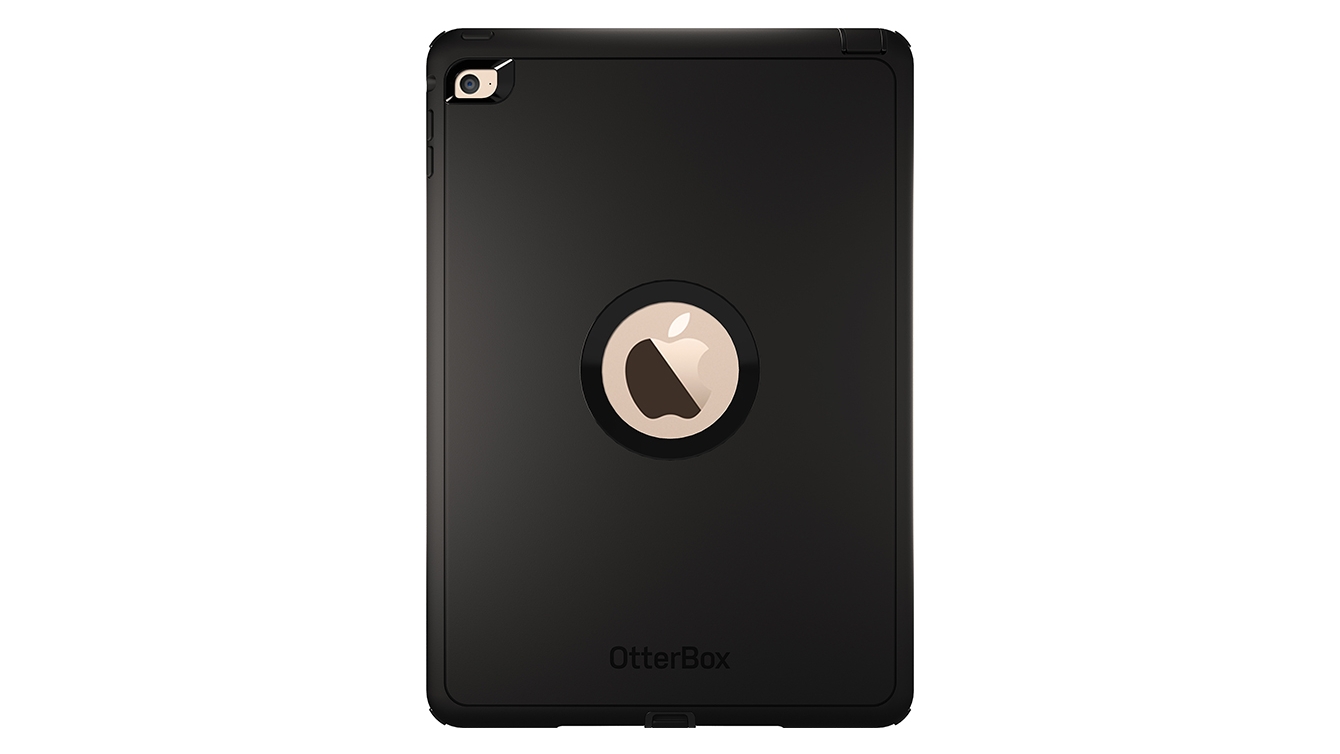

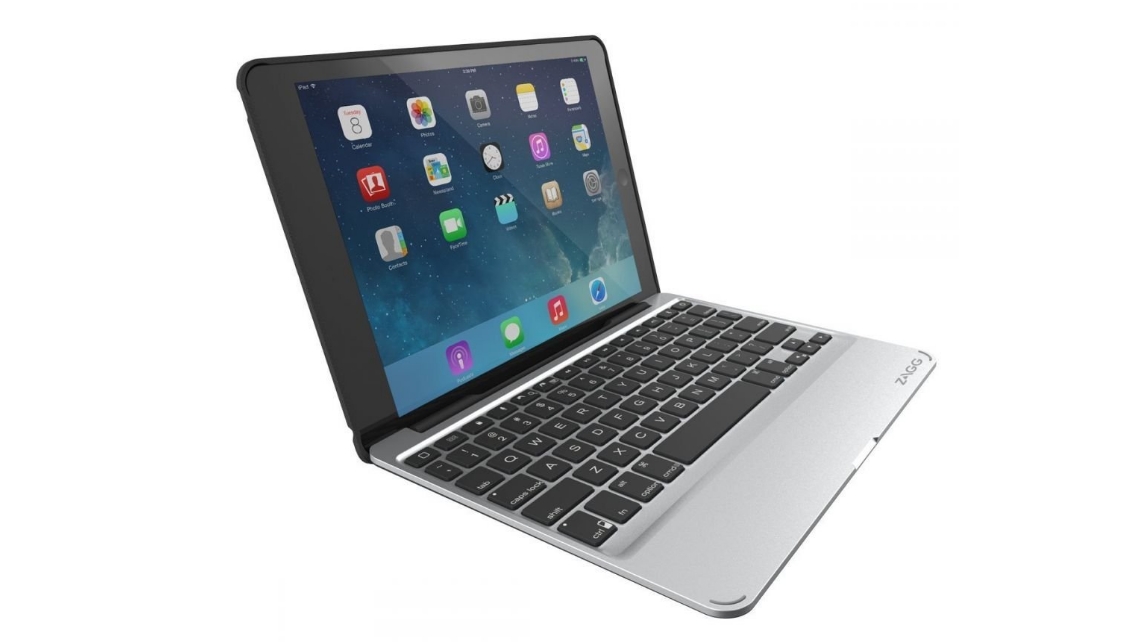




















![The Sharp J-SH04 [Credit:Morio] Sharp J-SH04](http://mos.futurenet.com/techradar/art/mobile_phones/Sharp/Sharp_J-SH04_CP+_2011%5BCredit-Morio%5D-420-90.jpg)











